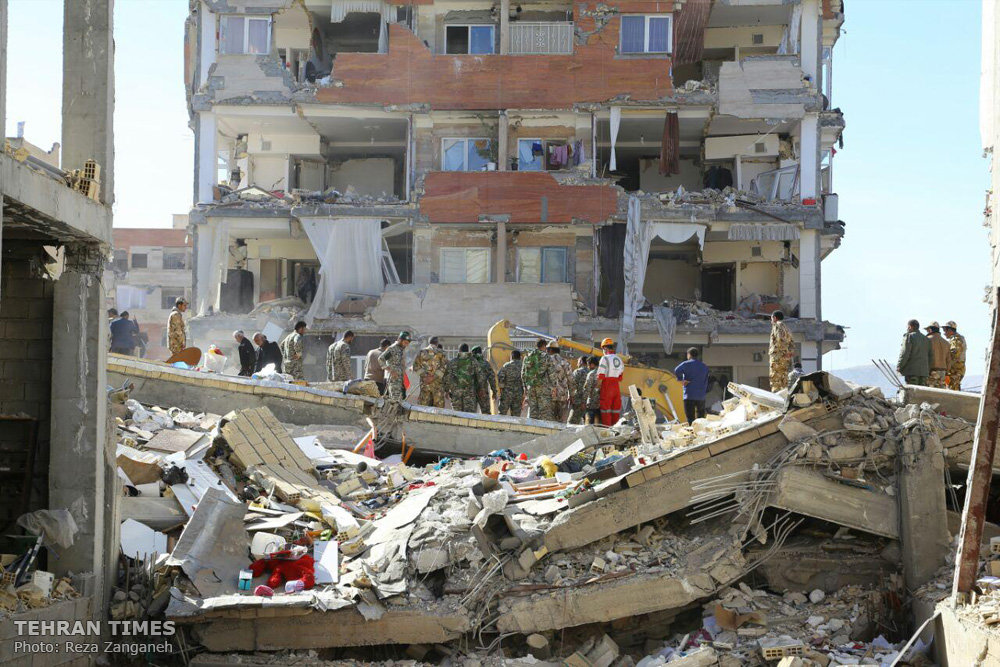Lessons from Kermanshah earthquake

The earthquake in the western province of Kermanshah late on Sunday teaches us important lessons.
On the one hand it shows that Iran has made great progresses in the face of very strong earthquakes and on the other it proves that supervision over construction of some buildings is still lax.
Some buildings in the city of Sar-e Pol Zahab have been severely destroyed while some others, just dozens of meters away, have suffered minor damages or no damages.
This earthquake proved this fact that it is not a very difficult to build houses resistant to very powerful earthquakes. The buildings that survived this earthquake, which measured 7.3 on the Richter scale, demonstrated that Iran has emerged rather successful in what I call the war on “strong earthquakes”.
Even if such a strong earthquake had stricken the most prepared nations like Japan, which have made their countries quake-proof - if not tsunami triggered tremors -, it would have still caused damages let alone Iran which is still in the middle of the road.
Yet as a country vulnerable to repeated quakes, officials and responsible bodies in our country must have enforced a stricter standard for house construction. The strong earthquakes in Tabas in September 1978, Roudbar and Manjil in June 1990 and Bam in December 2003, which each left thousands of people dead, served as bitter lessons not to allow house constructors to play with the lives of citizens by ignoring building standards.
Now the Kermanshah earthquake must come as another wakeup call for responsible bodies to fully observe standards. It also shows the urgency to take immediate action to reconstruct buildings not resistant to strong tremors, especially in the most populated areas.
In addition, the judicial bodies must bring to book those contractors or engineers who oversaw the construction of the Mehr buildings in Sar-e Pol Zahab which suffered great damages in this earthquake.
PA/PA
Leave a Comment